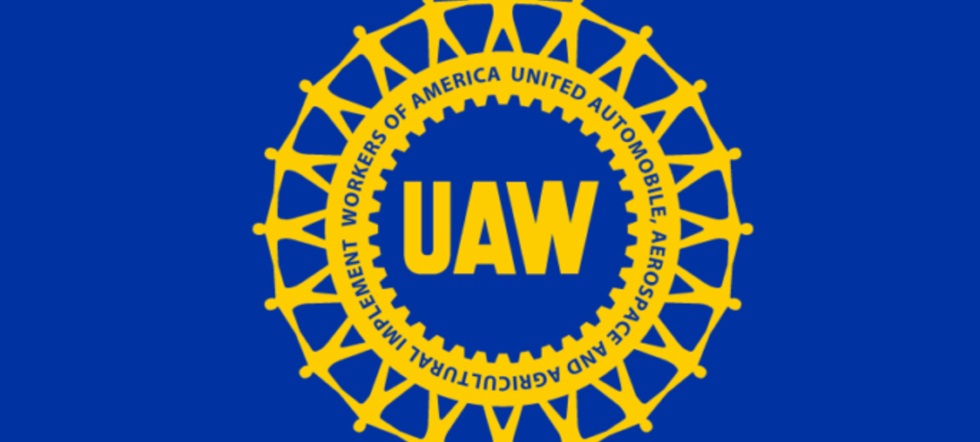
DETROIT—The United Auto Workers (UAW) released a damning new report this week arguing that the U.S. auto industry could create tens of thousands of good-paying union jobs by simply better utilizing existing plants instead of offshoring production and funneling profits to Wall Street.
The report, Unlocking the Potential of U.S. Auto Manufacturing Capacity, exposes a glaring contradiction: while the giant automotive firms boast record earnings, they are deliberately underutilizing already-existing U.S. factories which are starving working-class communities of stable union jobs.
“We don’t need to break ground on a single new plant to rapidly grow auto manufacturing capacity—it’s already right in front of us,” said UAW President Shawn Fain. “Instead of offshoring jobs to low-wage, high-exploitation countries, auto companies must invest here at home.”
For instance, in 2024, the U.S. had the capacity to produce over 14.7 million vehicles but built only 10.2 million, leaving 4.5 million units of unused capacity. This gap, the UAW argues, is the direct result of automakers prioritizing “high-exploitation race to the bottom practices”—shifting production to low-wage countries while slashing domestic jobs. Big capitalists do this to increase worker exploitation dramatically in order to rake in enormous profits.
The report also highlights how the Big 3—General Motors, Ford, and Stellantis (formerly Chrysler)—have cut U.S. auto production by 1.8 million vehicles since 2015—even as they expanded production output in other countries. Auto plants like GM’s Lordstown in Ohio and Stellantis’s Belvidere in Illinois still sit shuttered or underused, while Wall Street exploits the gains through stock buybacks and special dividends.
“The working class built the auto industry—and we’re ready to build its future,” Fain continued. “Auto companies should be using this moment to scale up and add good jobs by investing in workers instead of Wall Street.”
The consequences are stark. Every idled plant means layoffs, economic decline, and a betrayal of the union-won job standards that once defined auto work. Yet the solution rests not in financial profiteering, a vampire-like relationship as Karl Marx once quipped, but in reinvesting these record profits back into productive jobs, infrastructure, and communities.
According to the Federal Reserve Bank of St. Louis, the industry produces roughly 50 vehicles per worker annually. Filling just one million units of unused capacity could create 20,000 jobs, while fully utilizing existing plants could generate up to 90,000 new auto jobs—plus an estimated 630,000 additional jobs economy-wide.
The report underscores a fundamental conflict: capitalist greed versus working class power. While the Big 3 chase high-exploitation labor, the U.S. remains a global auto powerhouse, second only to China in production. That strength, the UAW notes, comes from “the skilled, unionized workforce that has powered generation after generation of innovation.”
Yet instead of harnessing that potential, Big Business is “leaving millions of vehicles—and tens of thousands of jobs—on the table.” The union states that this is a “deliberate strategy that puts offshoring, stock buybacks, and short-term profits ahead of investment in union jobs, strong communities, and long-term stability.”
At the end of the day, the tools to rebuild the auto industry—and the power and stability of the working class—are already here. These auto corporations are making historic profits right now and there is plenty of extra capital to reinvest in the working class. Now, the struggle is over how that surplus, generated by the labor power of the auto workers, is appropriated: For Wall Street or Main Street?
Read the full report: Unlocking the Potential of U.S. Auto Manufacturing Capacity
We hope you appreciated this article. At People’s World, we believe news and information should be free and accessible to all, but we need your help. Our journalism is free of corporate influence and paywalls because we are totally reader-supported. Only you, our readers and supporters, make this possible. If you enjoy reading People’s World and the stories we bring you, please support our work by donating or becoming a monthly sustainer today. Thank you!











